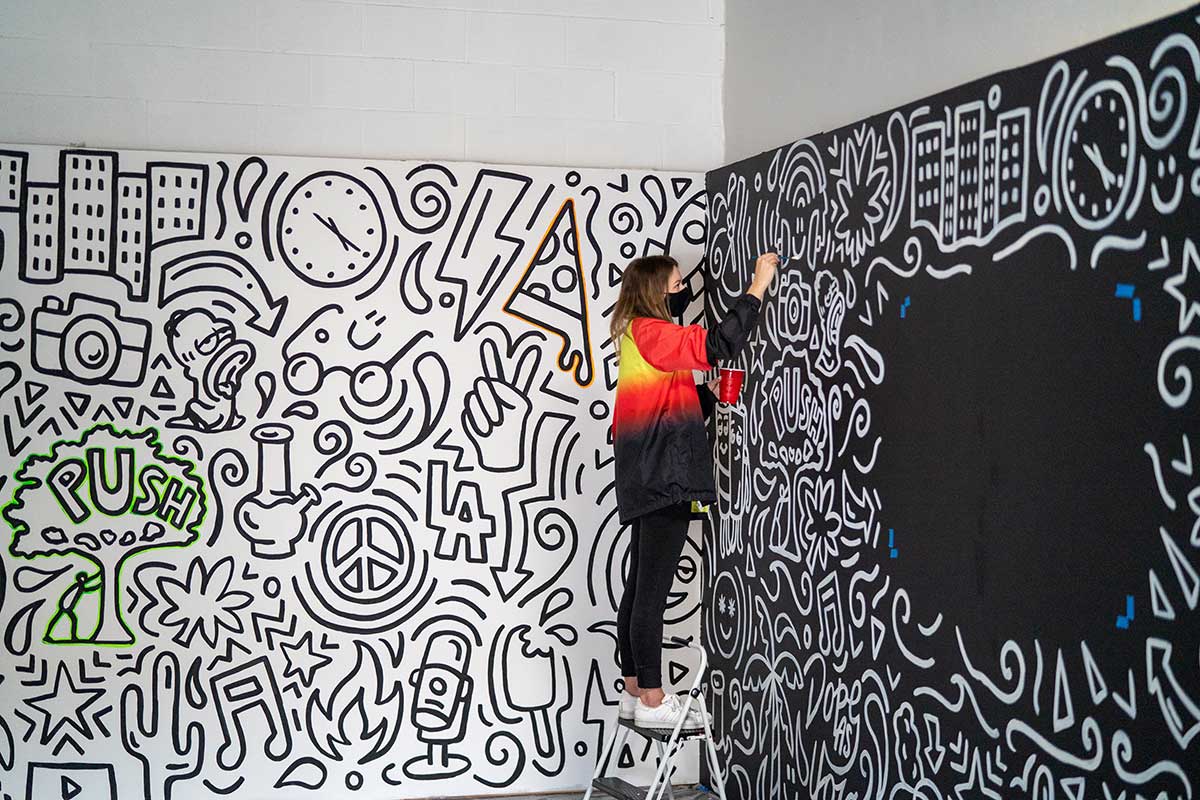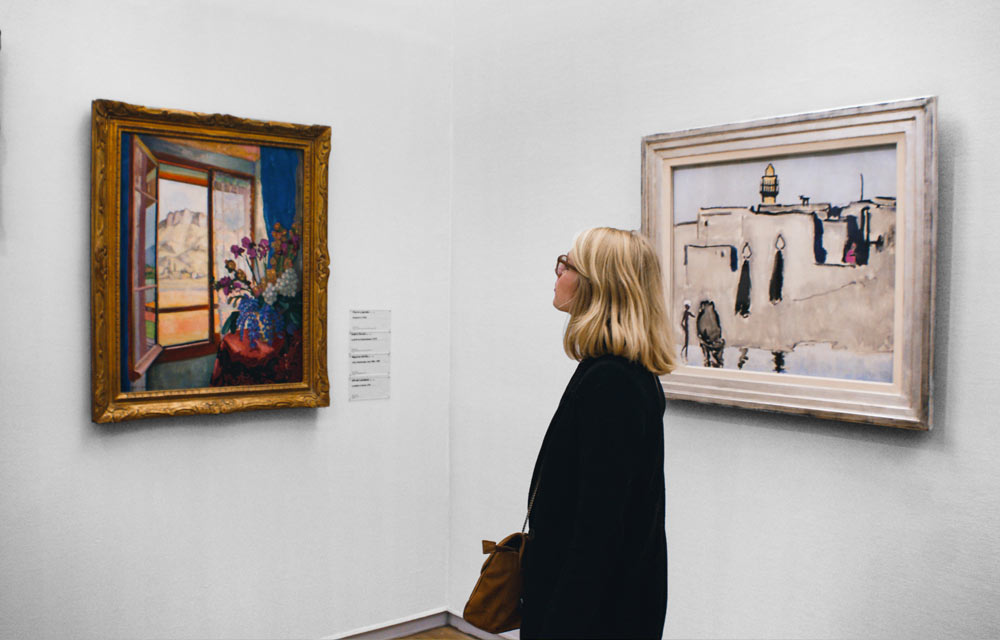Setting up an art gallery obviously requires a fine sense of the art world, but it also requires a high level of organisation. Between the administrative formalities, the choice of venue, the theme and selection of artworks to be exhibited and the selection of artists, there are many elements to prepare.
To help you with your project, we’ve prepared a list of the steps you need to take to create a successful art gallery that reflects your image.
[summary]
What is an art gallery?
An art gallery is, as the name suggests, a place where works of art are exhibited. The emphasis is generally on so-called plastic works (paintings, photos, sculptures, posters, sketches, etc.), but the gallery owner may also choose to exhibit antique or modern furniture.
The art gallery differs from the museum in that visitors can purchase works at openings and exhibitions. The gallery owner acts as an intermediary between customers and the artists he finds and promotes. He can operate on regional, global or local markets.
The gallerist aims to raise the price of works of art in order to increase artists’ recognition on the market and generate more income.
1. Find out more about setting up an art gallery
Before embarking on the creation of your own art gallery, it’s essential to carry out in-depth research into the art market, current trends, emerging artists, competing galleries and so on. This step will help you better understand the art industry and identify the opportunities and challenges you may encounter. You also need to understand a gallery’s business model :
- What are the costs involved?
- What are the main sources of revenue?
- How do you generate revenue?
- What are the best practices?
2. Take the necessary administrative steps
Setting up an art gallery in the UK involves registering the business either with Companies House for limited companies or directly with HM Revenue & Customs (HMRC) if operating as a sole trader or partnership.
Galleries must also consider VAT registration if their revenue exceeds the threshold. While not mandatory, registering with copyright management organisations like the Design and Artists Copyright Society (DACS) or Artists’ Collecting Society (ACS) is beneficial if the gallery manages artists’ works.
Depending on the gallery’s activities, it may need additional permissions, such as a premises licence from the local council if hosting events or selling alcohol.
Lastly, securing insurance for public liability, employee coverage, and artwork protection is essential to safeguard the gallery’s operations and assets.
3. Choose a location for your art gallery
The location of your art gallery is crucial to its success. Choose a location that’s easily accessible, visible, and has high foot traffic. Art galleries are often located in artistic districts or tourist areas. Also, be sure to factor the cost of space rental and maintenance into your projected budget.
4. Choose the tax and legal status of the art gallery
To bring your project to fruition, you also need to take the time to deal with the legal and financial aspects of your gallery. The next step is to determine the legal limits of the project (protection of the company’s charter, choice of name and protection of the name, intellectual property…) and to decide on the gallery’s legal status.
You will also need to define the gallery’s tax status, i.e. the percentage of profits that will be taxed according to the legal status, tax regime, art market and VAT that have been selected.
5. Select a theme for your art gallery
Selecting a theme for your art gallery can help you stand out from other galleries and attract a specific target audience. For example, you could specialise in contemporary art, abstract art, or American art. Make sure you choose a theme that you’re passionate about, matches your skills, and will attract artists and audiences in the short, medium, and long term.
6. Find artists and works of art
Finding artists and artworks to showcase in your gallery can be challenging, especially if you’re new to the art industry.
Attending art fairs, local events, or exhibitions is a great way to meet artists and discover new pieces. You can also explore online platforms like Artsy or Saatchi Art to uncover emerging talent.
7. Set up the art gallery
Setting up your art gallery involves decorating the exhibition space, installing lighting, creating an ambience and setting up security systems. You’ll also need to decide on opening hours, admission prices, payment terms and shipping policies.
8. Define a marketing strategy for your gallery
To promote your gallery’s reputation, especially in its early stages, you need to think about how to get the word out about your business. In addition to your location, which will benefit from greater or lesser visibility, there are many ways of attracting customers to your gallery.
For example, you can strive to get local media coverage for your opening or the exhibition of new artists. Posters and illustrated brochures can also be an effective ally. Finally, allocate sufficient time and budget to create your website and various social networking pages. Plan and create recurring content with best practices for each platform to promote the expansion of your accounts and the notoriety of your galleries.
9. Learn how to manage your art gallery
Running an art gallery is similar to running a traditional business, with just as many constraints and responsibilities to consider. The day-to-day running of your art gallery involves a number of constraints, such as :
- Managing relationships with artists
- Sales and inventory management
- Financial management
- Staff management
- Organising events
- Administrative formalities
Weezevent’s solutions can help art gallery founders organise events, manage online ticket sales, and control access. This allows them to focus on planning their events while benefiting from technical support and guidance to maximise their impact and optimise their communication.


